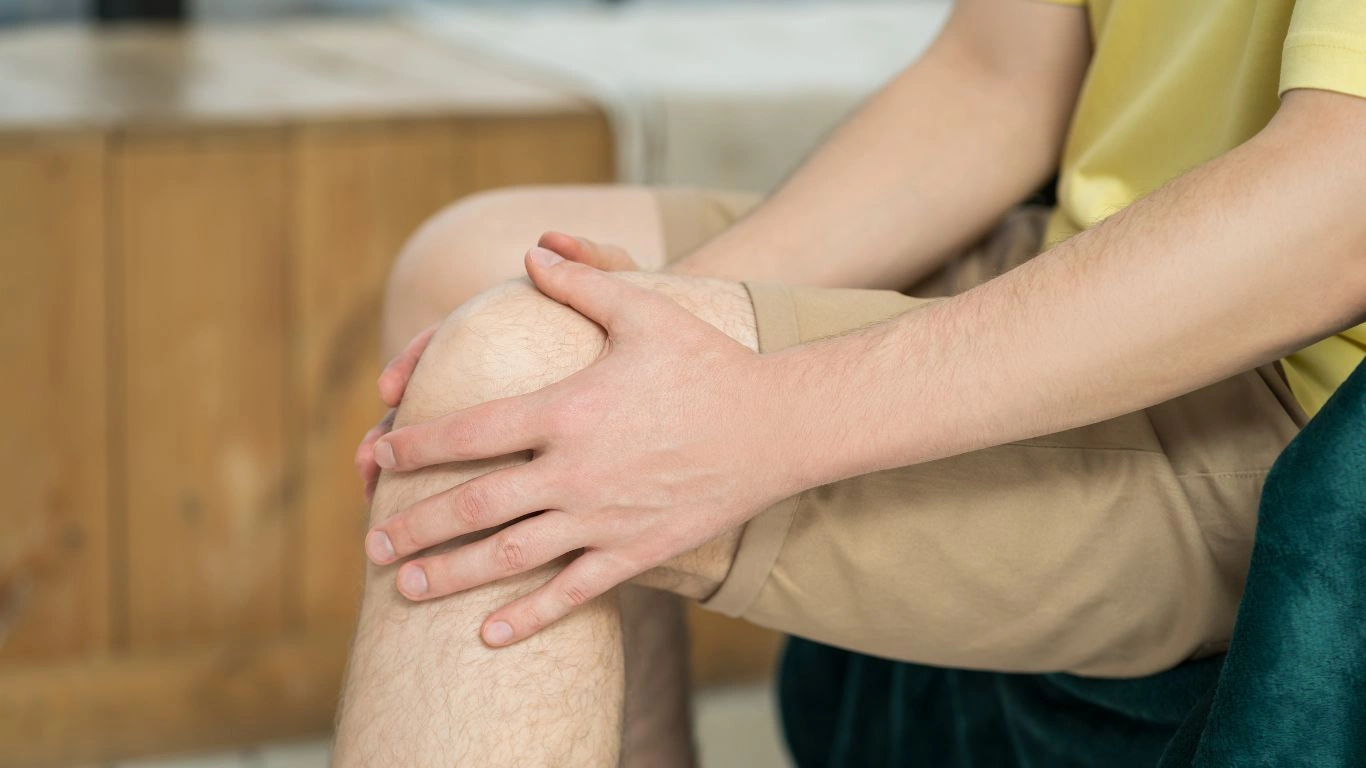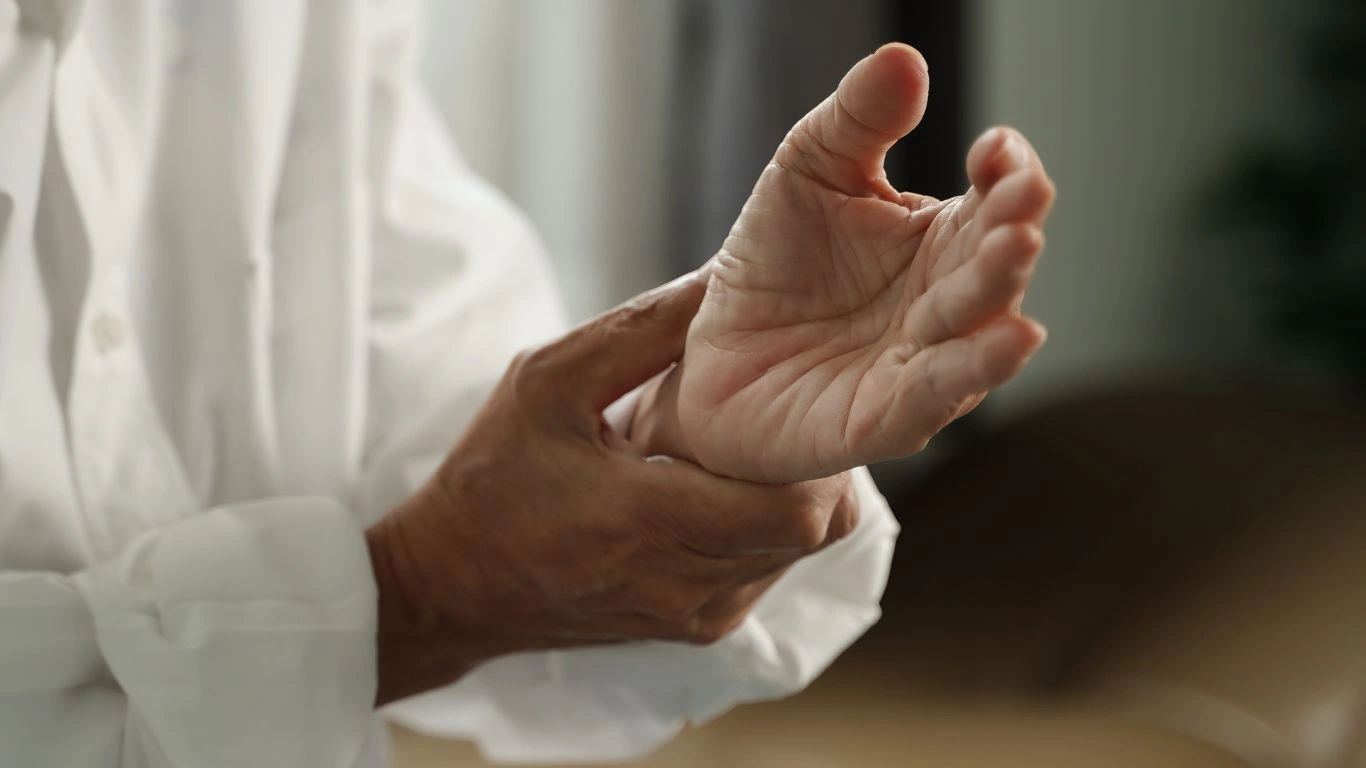Rheumatoid Arthritis and the Importance of Regular Exercise: Boost Your Mobility and Improve Quality of Life
Rheumatoid arthritis (RA) is a chronic inflammatory condition that affects the joints, leading to pain, stiffness, and reduced mobility. For many living with RA, managing symptoms and maintaining an active lifestyle can seem daunting. However, regular exercise plays a crucial role in enhancing joint function, alleviating pain, and improving overall well-being. As a rheumatoid arthritis expert, I’ve seen firsthand the significant positive effects that consistent physical activity can have on my patients. In this article, I’ll dive into why exercise is vital for those with RA and offer practical advice for incorporating it into your routine.
Why Regular Exercise is Crucial for RA Patients
Regular exercise helps improve joint mobility and reduce inflammation, which is a core issue in rheumatoid arthritis. By keeping muscles around the joints strong, exercise can prevent further joint degradation and reduce pain. Additionally, it boosts energy levels, enhances mood, and can help combat weight gain caused by inactivity, which puts additional strain on already weakened joints.

Troubleshooting Common Issues
Despite the numerous benefits of exercise for rheumatoid arthritis patients, some individuals may face challenges. Here are a few common issues and solutions:
- Pain During Exercise:
Solution: Start slow with low-impact exercises like swimming or walking. Ensure you warm up properly before each session, and never push through intense pain. Modifying movements can help ease discomfort. - Fatigue:
Solution: Focus on light, short-duration exercises. Gradually increase intensity as your stamina improves, and ensure you balance exercise with adequate rest. - Fear of Injury:
Solution: Work with a physical therapist to develop a customized exercise plan that minimizes the risk of injury. Use proper technique and avoid high-impact activities that could strain the joints. - Lack of Motivation:
Solution: Set small, achievable goals, and track progress. Finding a workout buddy or joining a support group can help keep you motivated.

Case Studies / Success Stories
Here are a few inspiring success stories from individuals with rheumatoid arthritis who embraced regular exercise:
- Sarah, 42:
Sarah had been battling RA for over 10 years, with severe joint stiffness in her knees and elbows. After consulting with a rheumatologist, she started a regular exercise program focusing on strengthening her muscles around the affected joints. Within six months, Sarah noticed a significant reduction in pain and an improvement in her flexibility, allowing her to return to her daily activities. - James, 60:
James had struggled with fatigue and weight gain due to his RA. He began doing gentle yoga and walking regularly. With time, he lost weight and felt more energized. His reduced stress levels also helped in managing his condition, and he could reduce his dependence on medication.

Key Takeaways / Summary
- Regular exercise is essential for managing rheumatoid arthritis, as it helps with joint mobility, reduces inflammation, and improves overall health.
- Start slow, listen to your body, and incorporate low-impact activities into your routine.
- Gradual progress, balanced with rest and proper guidance, is key to avoiding injuries and maximizing the benefits of exercise.
- Success stories demonstrate the transformative power of exercise in reducing pain and improving quality of life for RA patients.
5 FAQs About Rheumatoid Arthritis and Exercise
- How often should I exercise if I have rheumatoid arthritis?
Aim for at least 150 minutes of moderate-intensity aerobic exercise per week, plus strength training exercises twice a week. Adjust intensity based on your comfort level and progress. - Can exercise cure rheumatoid arthritis?
While exercise cannot cure RA, it plays a vital role in managing symptoms, improving mobility, and enhancing quality of life. - What are the best exercises for rheumatoid arthritis?
Low-impact exercises such as walking, swimming, cycling, and gentle yoga are ideal for individuals with RA. These exercises help preserve joint function without excessive strain. - Can exercise worsen rheumatoid arthritis symptoms?
If performed incorrectly or too intensely, exercise could aggravate symptoms. It’s important to listen to your body and consult a healthcare professional for guidance. - Should I exercise when I’m experiencing a flare-up?
During a flare-up, it’s best to rest and engage in gentle movements or stretching to avoid exacerbating symptoms. Once the flare-up subsides, you can resume more intense activities gradually.
Appendix
References:
- National Institute of Arthritis and Musculoskeletal and Skin Diseases. (n.d.). Exercise and Arthritis.
- Mayo Clinic. (2021). Rheumatoid Arthritis: Exercise and Physical Activity.
- Arthritis Foundation. (2020). Exercise for Arthritis.
Disclaimer:
The information provided in this article is not intended as a substitute for professional medical advice, diagnosis, or treatment. Always consult your healthcare provider before starting a new exercise program.
Call to Action:
If you or someone you know is living with rheumatoid arthritis, it’s time to take charge of your health. Start integrating regular exercise into your routine and experience the benefits firsthand. Reach out to your healthcare team for guidance on the best exercises tailored to your needs!

Tarra Nugroho is a dedicated Nurse Practitioner with a strong foundation in family and preventive care. She brings both compassion and clinical expertise to her practice, focusing on patient-centered care and health education. As a contributor to Healthusias.com, Tarra translates medical knowledge into clear, empowering articles on topics like women’s health, chronic disease management, and lifestyle medicine. Her mission is simple: help people feel seen, heard, and informed—both in the clinic and through the content she creates. When she’s not caring for patients, Tarra enjoys weekend hikes, plant-based cooking, and curling up with a good health podcast.





